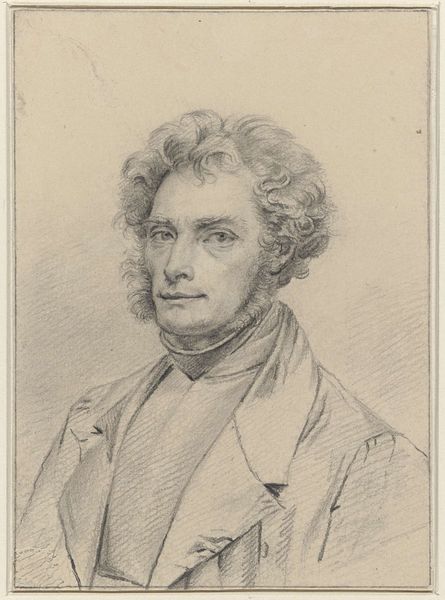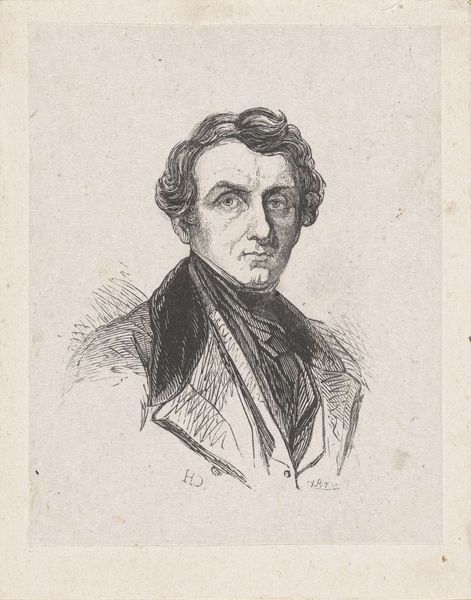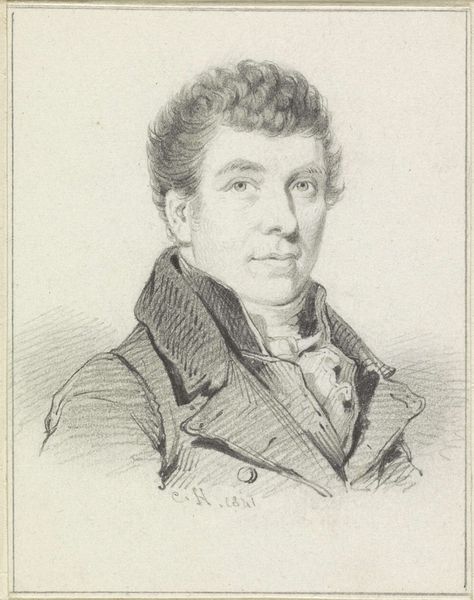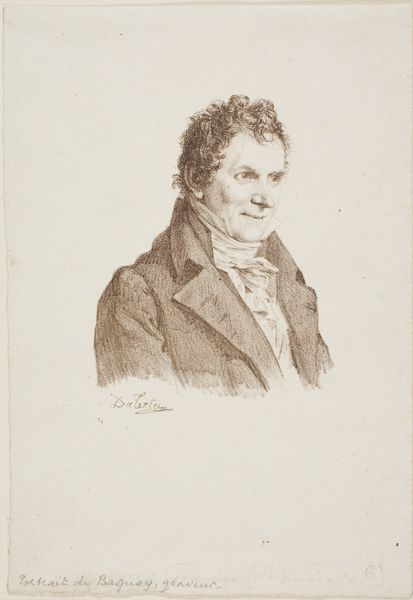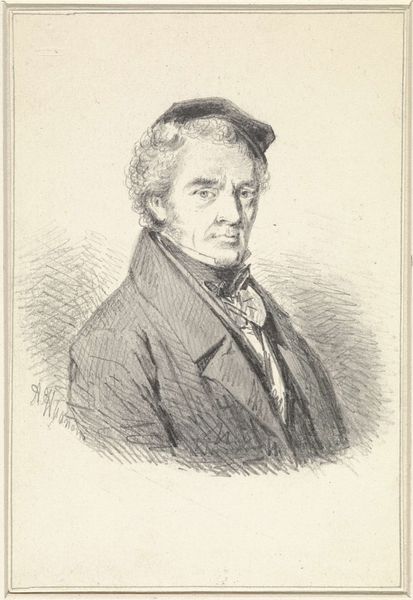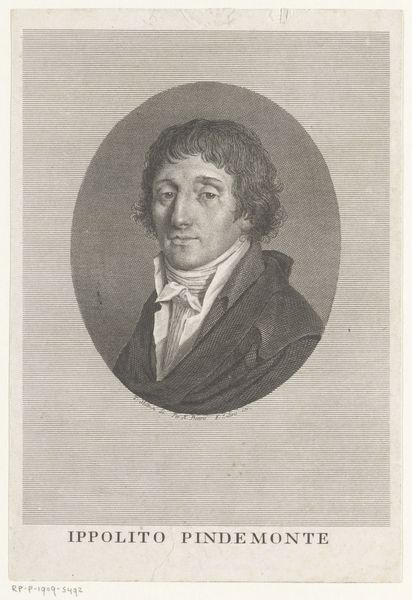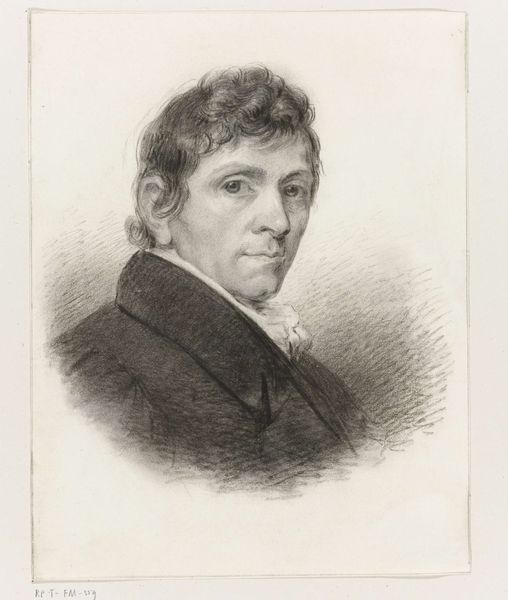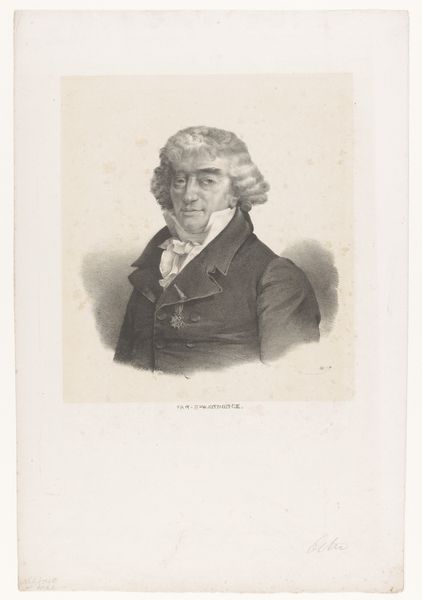
Portrait of Johann Gottlieb Samuel Rösel 1815 - 1820
0:00
0:00
drawing, print, engraving
#
portrait
#
drawing
# print
#
engraving
Dimensions: sheet: 5 3/4 x 6 9/16 in. (14.6 x 16.6 cm) plate: 4 1/16 x 2 3/4 in. (10.3 x 7 cm)
Copyright: Public Domain
Editor: Here we have Ludwig Emil Grimm's "Portrait of Johann Gottlieb Samuel Rösel," made between 1815 and 1820. It's a lovely engraving and drawing, so delicate! What strikes me is the way the light seems to define his features despite the minimal use of line. What do you make of this work? Curator: Focusing on the material aspect, let’s consider engraving in the early 19th century. It's not just about creating an image; it's a specific labor process tied to a burgeoning print culture. Think about the skilled craftsman meticulously carving into the metal plate – their time, their expertise. The resulting prints were more easily disseminated, allowing wider audiences access to portraiture. Editor: That's fascinating. I hadn't thought about the physical effort involved quite like that. How does Rösel fit into this? Curator: This is more than a portrait of an individual; it's about visualizing a social class, and about production. Grimm's choice of engraving connects it to a wider industry producing and circulating images. It challenges the separation between high art and commodity. Who was buying these prints? And why? Was it for personal enjoyment, status, or wider social dissemination? Editor: So it’s not just a portrait, but part of a whole system of making and distributing images? That's such a different way to look at it! Curator: Precisely. Think about how the mass production of such images impacted perceptions of individuality, labor, and social class during that era. Editor: That’s a lot to think about! I appreciate how you've shifted my focus from the subject of the portrait to the broader implications of its production and consumption. Thank you. Curator: My pleasure. Thinking about the materials and production processes opens up a whole new layer of interpretation.
Comments
No comments
Be the first to comment and join the conversation on the ultimate creative platform.
